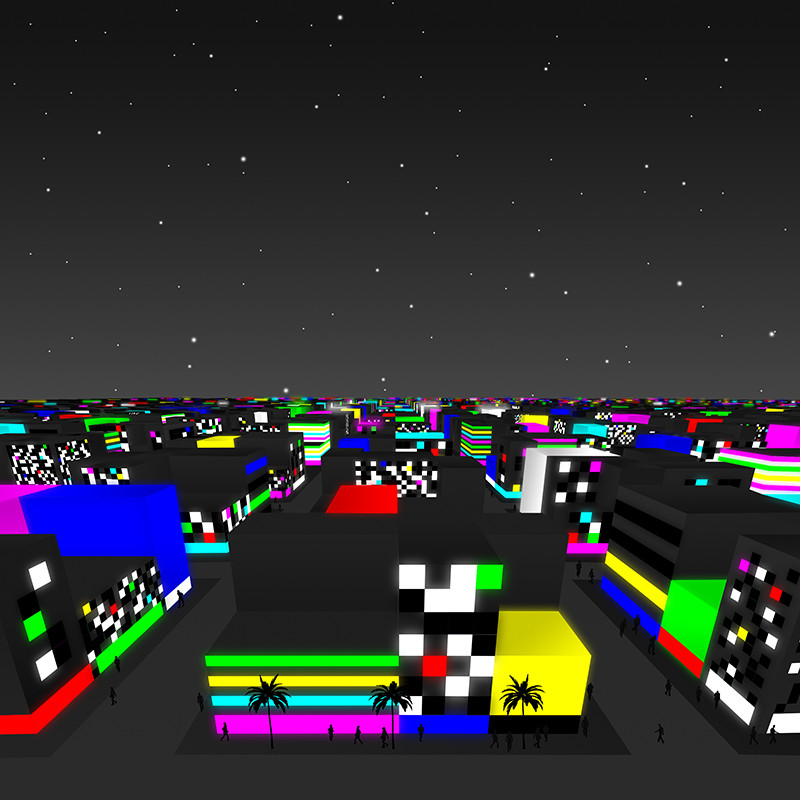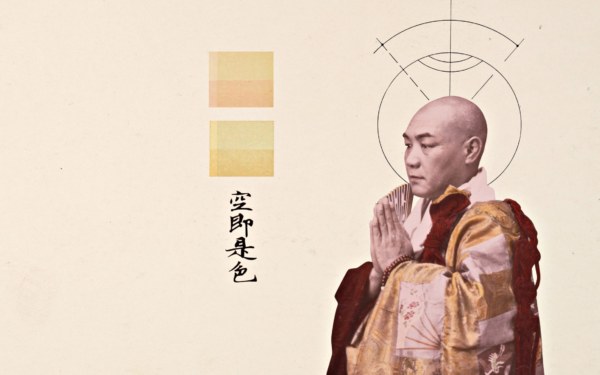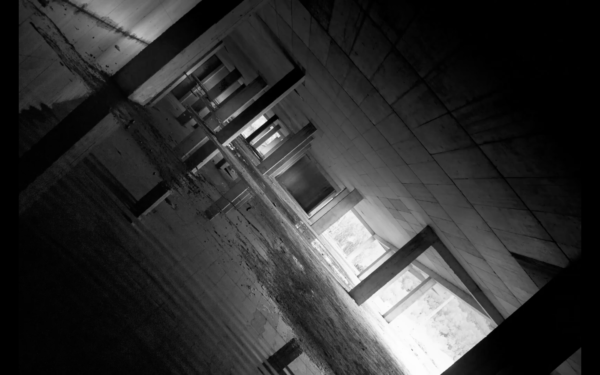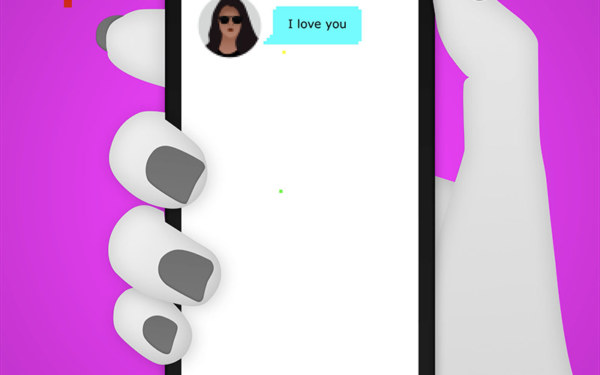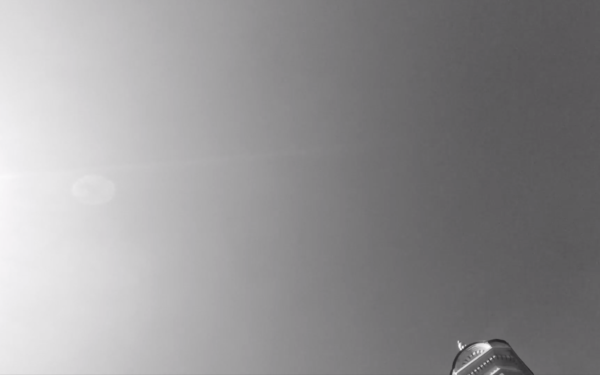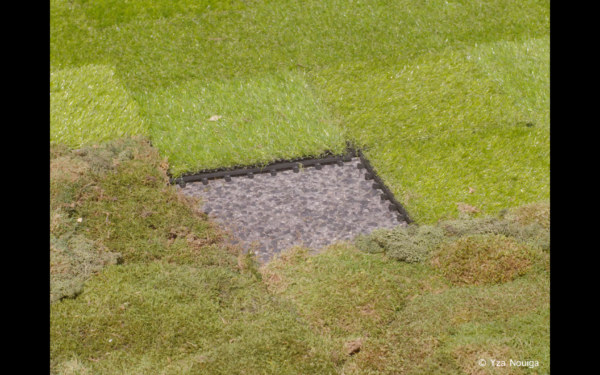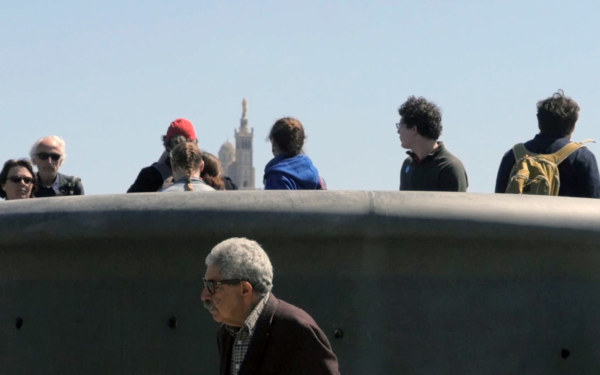Under The Waterline
[:en]
Selection & Program: RUAIRÍ O’BRIEN
Architecture and Film
Architecture is an interdisciplinary and multidisciplinary field by nature. Johann Wolfgang von Goethe proclaimed that architecture could be described as frozen music: it has the same complexities of harmony, symmetry, proportions, mathematics, and emotion that music has, but caught in a frozen moment, hence the image of an ‘iceberg.’ However, I always felt this statement is merely the tip of the proverbial iceberg. As with an iceberg, what lies in the unseen depths below the waterline, the unknown, is far more powerful, dark, and dangerous than the visual domain. Icebergs also move.
Perhaps better metaphors for architecture can be found in the world of cinema, or better still, let’s say in ‘Cinema PLUS’. Cinema because, to experience architecture you move, like a camera, in and through an immersive environment created by voids and the solids built in space and time. The ‘PLUS’, because unlike a camera, we can also touch, smell and hear our way through buildings and urban spaces, it is a sensual, real and dreamlike world that is constantly changing with each move. Further similarities to cinema include the storytelling aspect of architecture, the use of narrative, and the ‘archipolitical’ and sociological dimensions that buildings and cities embody and express. Architecture is a touchable livable film, where the power of the perspective, and the drama of light and darkness, sucks and pulls you through the narrative of your life. You are the material, the actor, the director, the plot, and the camera, everyday.
Cities: An expression of our creativity, our civilization and our humanity
Cities attract a diversity of people, which creates a pool of human resources in a zone of cooperation and cross-fertilization. Cities are one of humankind’s great inventions born out of an ambition to be more than a nomad, and the wish to live in safety and prosperity in one spot – to call a place home. From the early until the middle of last century, cities throughout the world became increasingly depersonalized as they expanded due to industrial and population growth. During this time, the car and the road dictated urban-planning concepts and development. As a result, people left the streets and there were no more “eyes on the street,” a phrase from Jane Jacobs renowned book on city planning The Death and Life of Great American Cities. In her book, Jacob laments the indifference in the planning of modern cities to the social need for eye contact and interaction at the street-level, which functions as the motor of trust and exchange between people. It also reminds me that 6000 years ago, Tell Brak, one of the first Ur cities in Mesopotamia, was built around a so-called Eye Temple.
One of the great motivations and advantages behind creating cities is to bring people (strangers) from all walks of life together and in close proximity so that they can watch over each other, and to have eyes on the street. This is believed to be the story behind Tell Brak’s Eye Temple, a temple celebrating living under the protection of collective observation and caring. This watching and learning from each other creates trust, and encourages exchange and trade in a safe environment. This can lead to cultural invention and enrichment, which in turn makes cities great. The ancient common sense for group survival was based on cooperation and cross-fertilization; the resulting shared enrichment contributed to the success of our cities and their societies. This makes as much sense today as it did back then, and is regarded as one of the primary factors contributing to the success or failure of cities, old and new. Simple Ur elements found in our cities today were born in proto-cities such as Tell Brak. In this sense, architecture is a code that is handed down throughout time: on a micro level, it is intercultural and understands proto-city elements such as walls, roofs, doors, windows, and their relationship to each other, all of which indicate the use and importance of a building; and on the macro level includes elements such as walls, gates, towers, houses, churches, mosques (sacred spaces), schools, palaces, treasuries (today’s museums and libraries), streets, and market squares, wherein the public space tell us who and what is important to the society and the ruling class of the time. Pushing Goethe’s analogy further, these elements or codes could be interpreted as musical notes capable of producing a symphony of multisensory utopian or dystopian possibilities.
The cave is one of my favorite proto-architectural spaces as it offers us a dramatic picture of a space that provided our ancestors with a safe zone – a collecting point in an indifferent and dangerous archaic world, a place to retreat to when darkness arrived, a place to seek protective shade from the beat of the midday sun, or simply a place to hide in when the wolves howled. It is in such proto-architectural spaces where humankind gathered around fires to eat and to tell stories. It can perhaps even be considered the birthplace of cinema, as moving shadow images played out on the walls. The cave was a controlled space, which you did not enter without an invitation. The cave does not have any streets. It only has one entrance because it distrusts the outside world; the cave culture was an architecture born out of fear. This offers us an insight to the beginning of a micro-community culture in the first societies. We can see that if humankind were to develop, it would need to think bigger, to combine and pool strengths, to overcome fear, to learn to trust strangers, and to leave the cave behind. The next stage of communal living required a greater generosity of spirit, a vision for a better future, protected spaces, shared public spaces, and streets where trust and exchange could take place on a bigger scale. Settlements grew and from them cities emerged as the successful model of shared responsibility and enrichment that we know today.
The problem with artificial
Today, the shopping mall and the gated city offer us a new kind of cave-like space that is cut off from the outside world. These introverted private spaces with controlled entry seduce with their promises of safety and cleanliness in a messy world. In a civic sense, they can be seen as a kind of anti-city architecture, since shopping malls and gated cities turn inwards on themselves and do not contribute to the outside world they are attached to. Instead, they live off the infrastructure provided, with minimal contribution to their surrounding public space and the civic context. They are spaces created without the poetry and scars of collective memories – they have become without growth. Gated communities and shopping malls offer us artificially-controlled climates where we find ‘Nescafé-like’ architecture at its strongest – an architecture that, like instant coffee, promises to be more than it is; it is the domain of the artificial world and its fast-food culture. This ‘instant culture’ seduces with the promise of satisfaction, but without grounding the beans, and without the process. In fact, it goes deeper: it is a culture that denies the possibility of mistakes and the journey required to reach destinations – you arrive without traveling. This quality guarantee for the privileged few is built on the exclusion of the many. The advent of COVID-19 adds a further aspect to the ‘fear-based’ architecture of our times, especially as we enter the epoch of AI, and smart cities with digital winners and losers. “Eyes on the streets…”? Whose eyes?
Goethe was right in that great and good architecture has a code, as does music, but he did not know of Muzak, the elevator music invented in the 70s to keep the mood positive in shopping malls and hotels. Keeping the mood positive is all about keeping the icebergs small and selfie-friendly; people should not be bothered about what is under the waterline. Unfortunately, architecture too has its Muzak – the superficial reduction of the architectural language (and cities) to a quickly understandable touristic ‘postcard beauty,’ or to ‘Nescafé-coding’ – that endangers the very existence of cities as we have learnt to cherish them: messy, complex, authentic, and real.
Artists and filmmakers help us all understand the hidden codes of city life, and of existence itself. I have chosen 9 videos that touch on, or express, the topics and themes I have written about in this text. They are the icebergs – there is more to them than what we can see at first sight; they are our “eyes on the street.” The chosen venue for the program is also a supporting expression of the text above and of the videos chosen.
[:]

